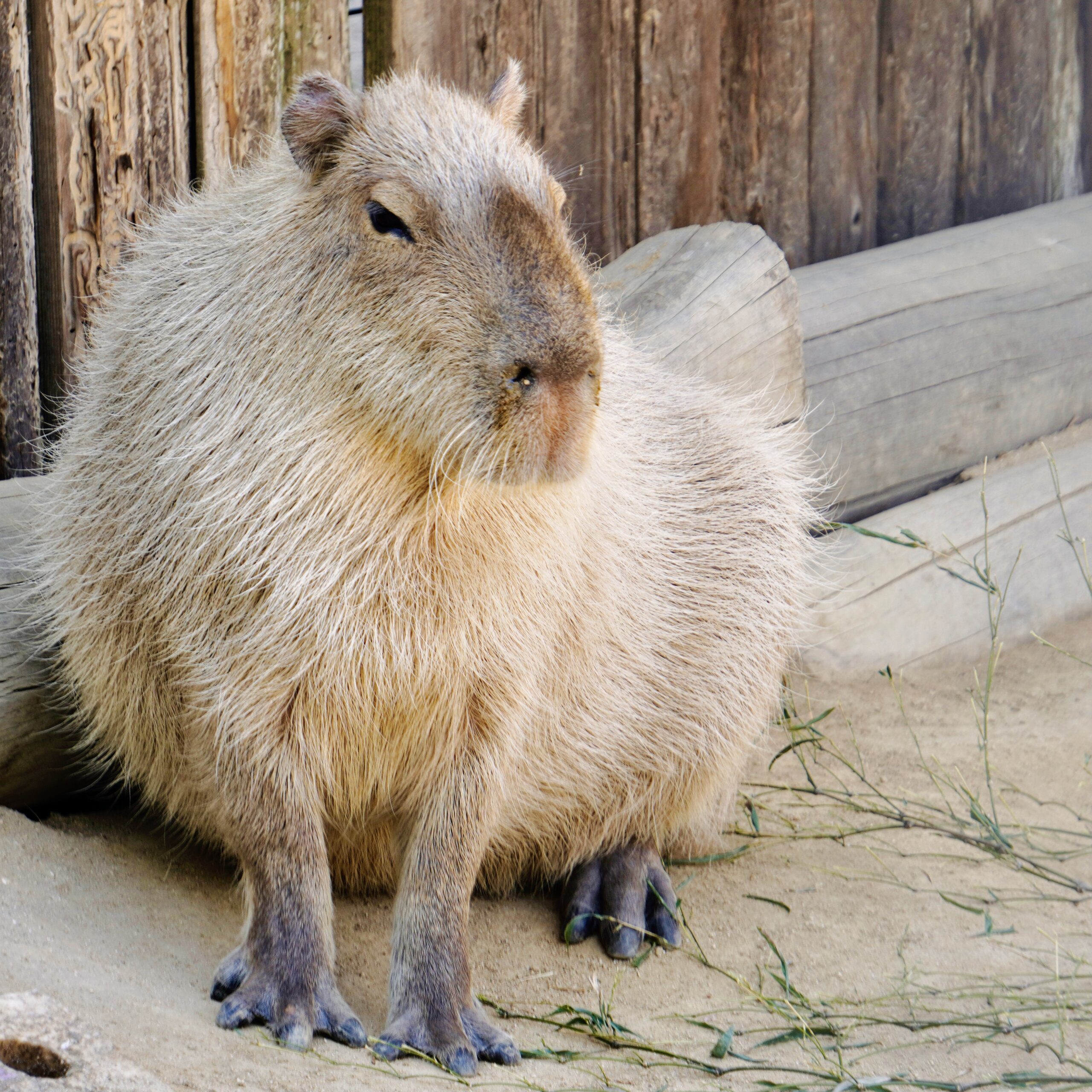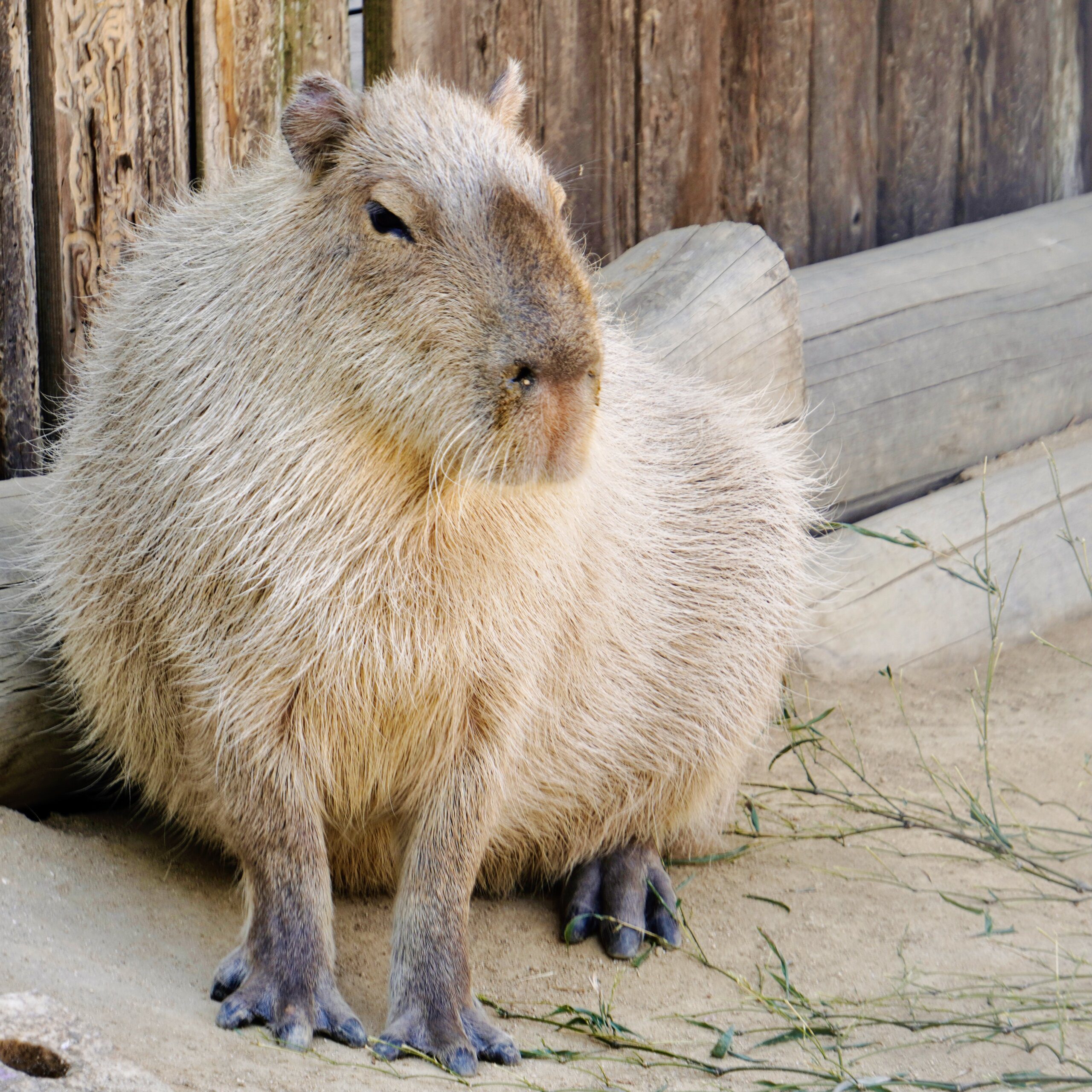Have you ever wondered about the lifespan of a capybara? These fascinating creatures, known for being the largest rodents in the world, have a lifespan that is truly intriguing. From their habitat to their diet, there are various factors that contribute to their longevity. In this article, we will explore the lifespan of a capybara and shed light on some interesting facts about these charismatic animals. So, get ready to dive into the captivating world of capybaras and discover just how long these adorable creatures can live.

Physical Characteristics of a Capybara
Size
Capybaras are the largest rodents in the world. On average, they measure around 2 feet tall at the shoulder and can reach lengths of up to 4 feet. They have stout bodies and weigh anywhere between 75 to 150 pounds. Despite their large size, capybaras have relatively short legs, which are perfectly designed for their semi-aquatic lifestyle.
Appearance
These unique creatures have long, coarse hair that ranges in color from reddish-brown to gray. Their fur is dense and waterproof, enabling them to spend long hours in water. Capybaras have small eyes and ears positioned on the top of their heads, allowing them to see and hear while most of their body remains submerged. Additionally, they possess webbed feet, which help them swim swiftly through water.
Diet
Capybaras are herbivores and primarily feed on grasses, aquatic plants, and fruit. They have specialized teeth, known as hypsodont teeth, that continually grow throughout their lives to compensate for the constant wear caused by chewing vegetation. Their digestive system is also adapted to break down tough plant material efficiently, making them highly efficient at extracting nutrients from their diet.
Habitat and Distribution
Geographical Range
Capybaras are native to South America and can be found in a variety of countries, including Brazil, Venezuela, Colombia, and Argentina. They prefer regions that offer ample water sources, such as rivers, swamps, and marshlands, as they are semiaquatic animals.
Preferred Habitat
These remarkable creatures thrive in a diverse range of habitats, including tropical rainforests, savannas, and wetlands. They are well-adapted for life near the water and are often seen lounging on riverbanks or submerged in shallow waters to counter the heat of their environment. Capybaras are excellent swimmers and can even hold their breath underwater for several minutes if needed.

Reproduction and Life Cycle
Sexual Maturity
Capybaras typically reach sexual maturity at around 1.5 to 2 years of age. However, depending on factors such as food availability and population density, some individuals may mature earlier or later.
Mating Behavior
During the breeding season, which occurs throughout the year in tropical regions, male capybaras actively seek out females by making a series of vocalizations and scent marking. Once a male establishes his dominance, he will mate with multiple females within his group.
Gestation Period
After a successful mating, the female capybara carries her young for approximately 150 days. This relatively long gestation period ensures that the offspring are well-developed before birth.
Birth and Offspring
Capybaras give birth to litters of approximately four to eight young. Known as pups, these newborns are precocial, meaning they are relatively mature and capable of independent movement shortly after birth. Pups are fully furred and have their eyes open, allowing them to follow their mother and join the rest of the group soon after their arrival.
Social Structure and Behavior
Group Dynamics
Capybaras are highly social animals and form large groups known as herds. These herds consist of multiple males, several females, and their offspring. Group sizes can range from a few individuals to over 100, providing safety in numbers and increasing their chances of survival against predators.
Communication
Capybaras communicate using a combination of vocalizations, scent marking, and body language. They emit a variety of sounds, including whistles, barks, and purrs, to convey messages to other members of their group. Additionally, they communicate through scent marking, where they rub their scent glands on objects or territory to leave behind their distinct scent.
Foraging Behavior
Capybaras are diurnal animals, meaning they are most active during the daylight hours. They spend a significant portion of their day grazing and foraging for food. As herbivores, they have a specialized digestive system that allows them to extract maximum nutrients from plant material, which aids in their overall health and energy levels.

Predators and Threats
Natural Predators
Capybaras face several natural predators in their ecosystems. Their large size and strong social structure help deter most predators, but they can still fall victim to jaguars, caimans, anacondas, and large birds of prey. When threatened, capybaras rely on their agility and speed to escape from potential danger.
Human Threats
Despite their adaptable nature, capybaras face numerous threats from human activities. Habitat destruction due to deforestation and urbanization deprives them of essential resources. Additionally, they are hunted for their meat, skin, and oil, which are highly valued in some regions. These factors, coupled with the illegal pet trade, pose significant challenges to capybara populations.
Lifespan and Aging
Factors Affecting Lifespan
Several factors impact the lifespan of capybaras. Access to clean water and a nutritious diet greatly influence their overall health and longevity. The availability of suitable habitat and protection from predators and human threats also contribute to their lifespan. Furthermore, the general well-being and stress levels of capybaras can impact their overall lifespan.
Maximum Lifespan
In the wild, capybaras have an average lifespan of around 8 to 10 years. However, captive capybaras, when provided with appropriate care and veterinary attention, can live significantly longer. Some individuals have been recorded to live up to 12 years or more in captivity.
Age-related Changes
As capybaras age, they may experience certain physiological changes. Their teeth may wear down, and their fur may become grayer or thinner. Additionally, their mobility may decrease slightly, and they may become more susceptible to certain health conditions. However, with proper care, many of these age-related changes can be managed effectively, ensuring a good quality of life for these remarkable creatures.
Health and Well-being
Common Diseases
Capybaras can be prone to various diseases and health issues. Some of the common diseases include skin infections, parasitic infections, dental issues, and respiratory infections. Regular veterinary check-ups and preventative measures, such as vaccinations and parasite control, are crucial for maintaining their overall health and well-being.
Importance of Veterinary Care
Caring for the health of captive capybaras requires access to knowledgeable veterinarians experienced in treating these unique animals. Regular check-ups, monitoring of vital signs, and addressing any emerging health concerns are vital for maintaining optimal health and detecting potential issues early on.
Caring for Captive Capybaras
Captive capybaras require specific care to ensure their health and well-being. Providing a spacious enclosure with access to fresh water for swimming is essential. A balanced diet, consisting of a variety of grasses, vegetables, and fruits, should be provided to meet their nutritional needs. Regular social interaction, mental stimulation, and opportunities for physical exercise are also vital for their overall happiness and fitness.
Conservation Status
Population Decline
Capybaras, though currently not classified as a threatened species, are facing population declines due to human activities and habitat loss. As their natural habitats continue to diminish, their populations become more fragmented and susceptible to further decline. It is necessary to address these threats and implement conservation efforts to ensure their long-term survival.
Conservation Efforts
Several organizations and researchers are dedicated to studying capybara populations and implementing conservation strategies. Efforts focus on habitat protection, creating wildlife corridors, and raising awareness about the importance of wildlife conservation. Educating communities and implementing sustainable practices are crucial for preserving the habitats and populations of capybaras and other endangered species.
Interaction with Humans
Cultural Significance
Capybaras hold cultural significance in certain regions of South America. In some indigenous cultures, they are considered a totem animal symbolizing fertility, abundance, and adaptability. Additionally, capybaras have become iconic symbols for certain cities or regions, attracting tourists interested in observing these unique creatures in their natural habitats.
Domestication and Pet Ownership
Although capybaras are not commonly domesticated, some individuals may keep them as pets in certain regions. These animals require specialized care and a deep understanding of their needs, making them suitable only for experienced owners who can provide the necessary space, enrichment, and veterinary care.
Misconceptions and Interesting Facts
Misunderstandings about Capybaras
There are several misconceptions about capybaras, one of which is that they are rodents with aggressive behavior. However, capybaras are generally docile and have a peaceful nature. Another misconception is that they are related to pigs, but in fact, their closest relatives are guinea pigs and rock cavies.
Fun Facts and Trivia
- Capybaras are highly social animals and enjoy physical contact with their fellow group members, often seen grooming and napping in close proximity.
- They are excellent swimmers and can even dive underwater to evade predators, using their nostrils, ears, and eyes located on top of their heads.
- Capybaras have an unusual ability to digest their own feces. This process, known as coprophagy, helps them extract additional nutrients from their plant-based diet.
- These captivating creatures have partially webbed front feet, allowing them to grasp objects and manipulate food efficiently.
- Capybaras are known to engage in “purring” vocalizations when they are content and relaxed, often heard during their daily bouts of sunbathing.
Understanding the lifespan of a capybara is just one aspect of appreciating these incredible creatures. From their remarkable physical characteristics to their social behavior and conservation efforts, capybaras continue to captivate and inspire awe in people worldwide. By learning more about these unique animals, we can ensure their well-being and contribute to their long-term survival in their natural habitats.



